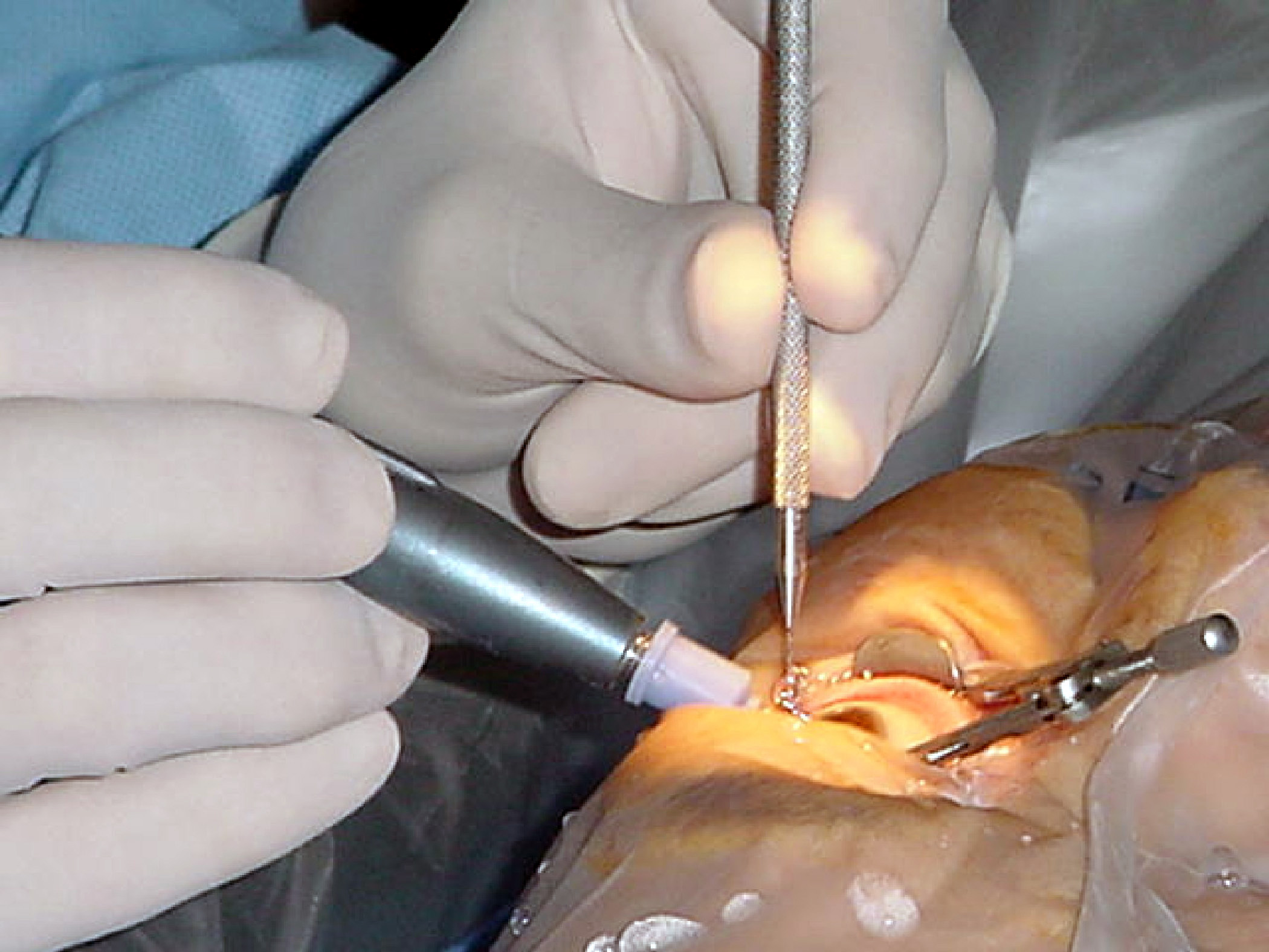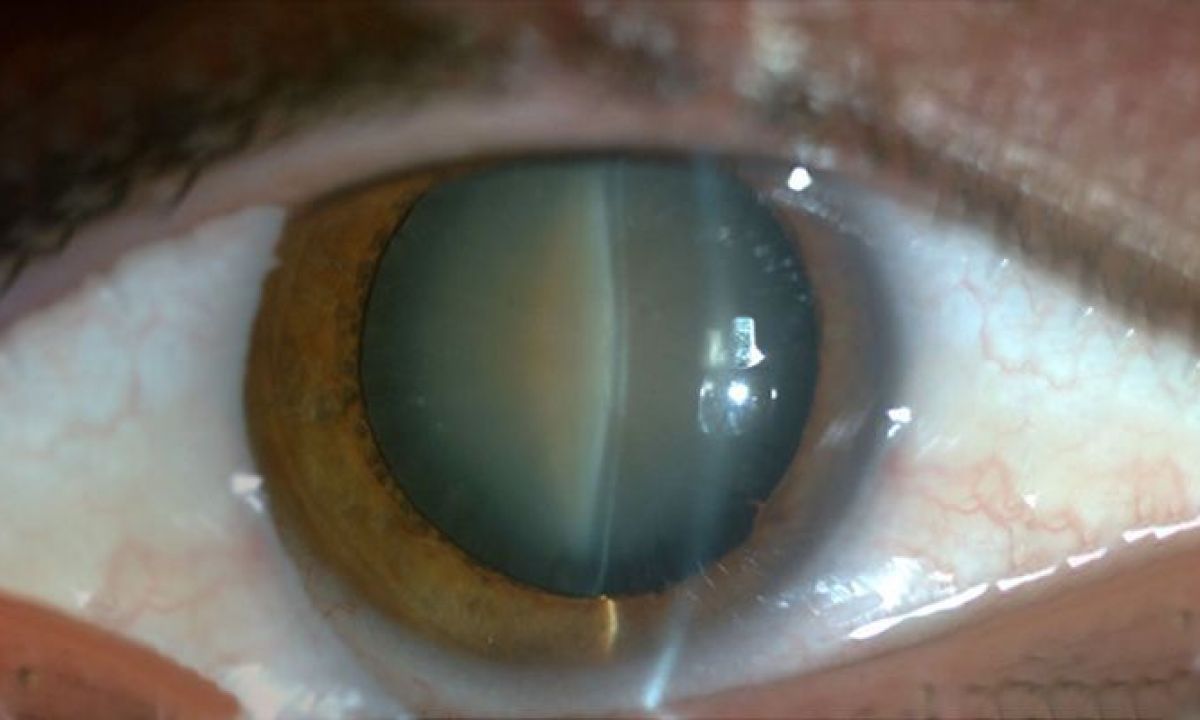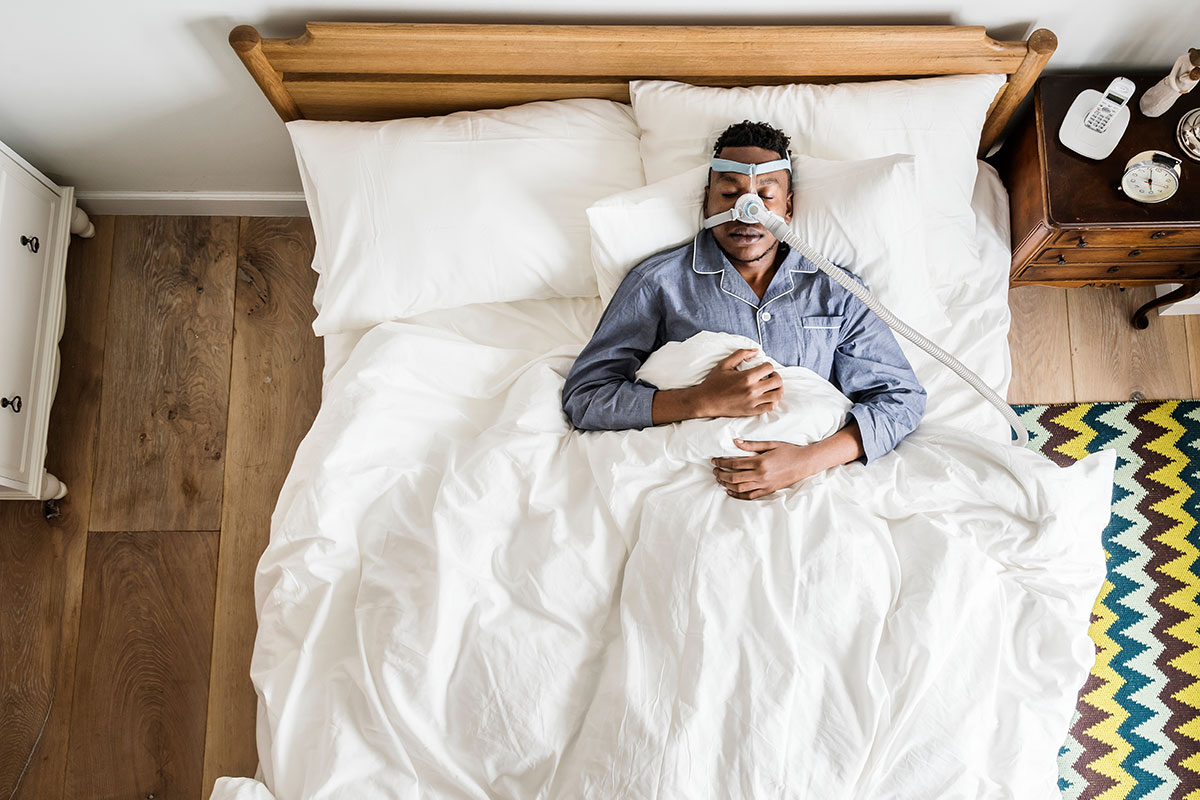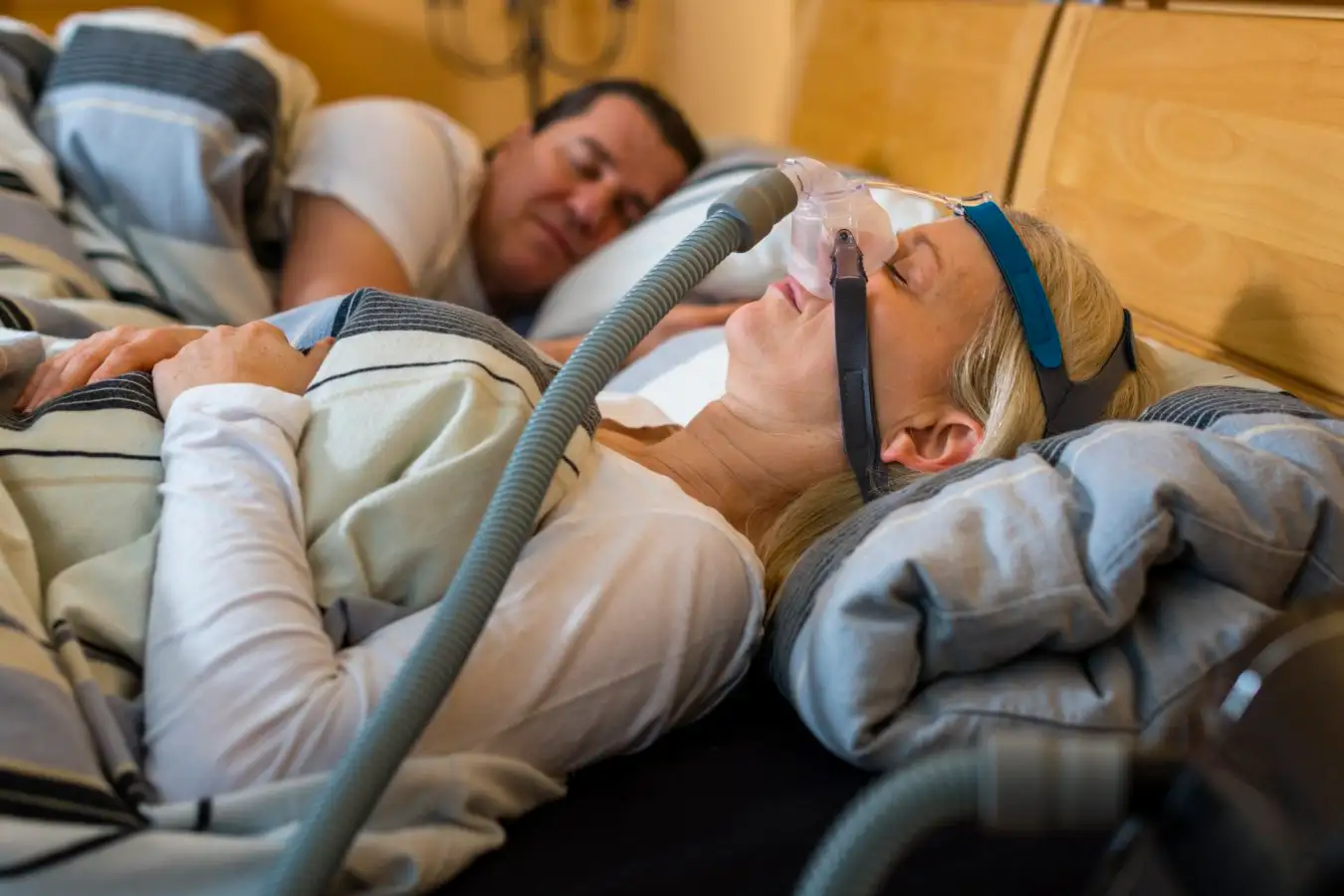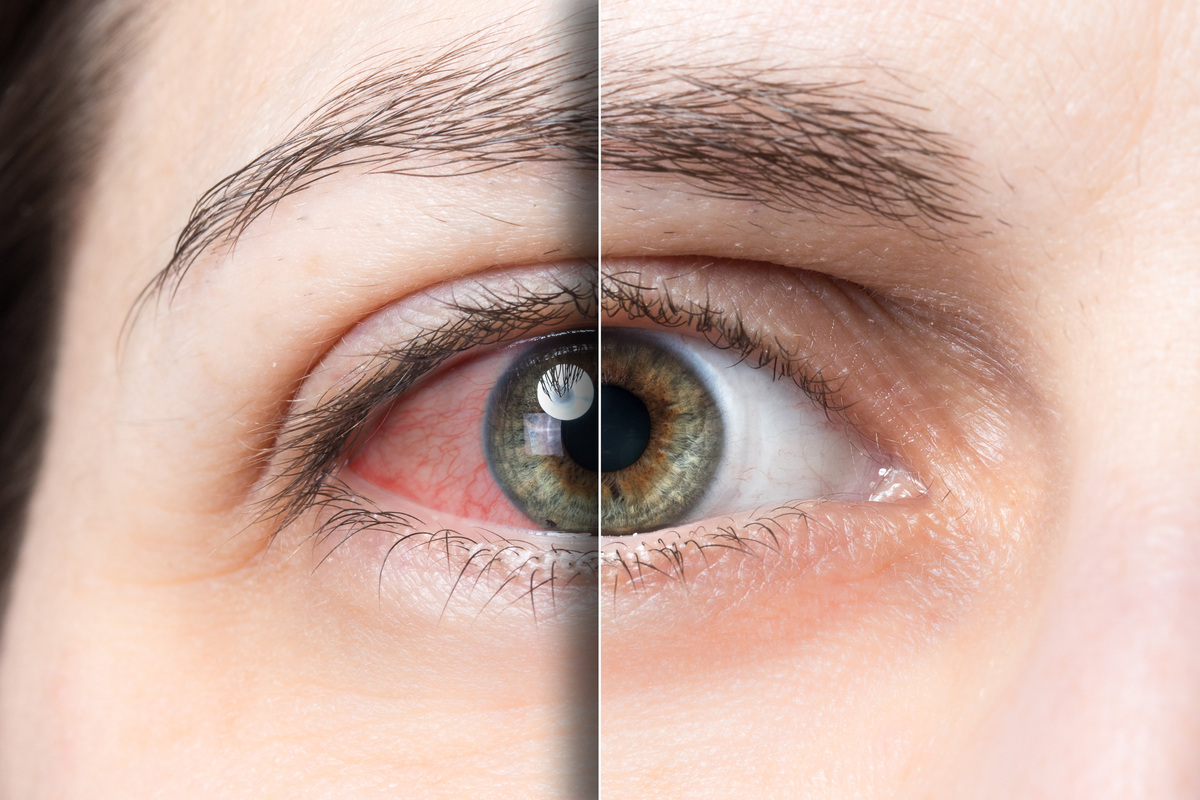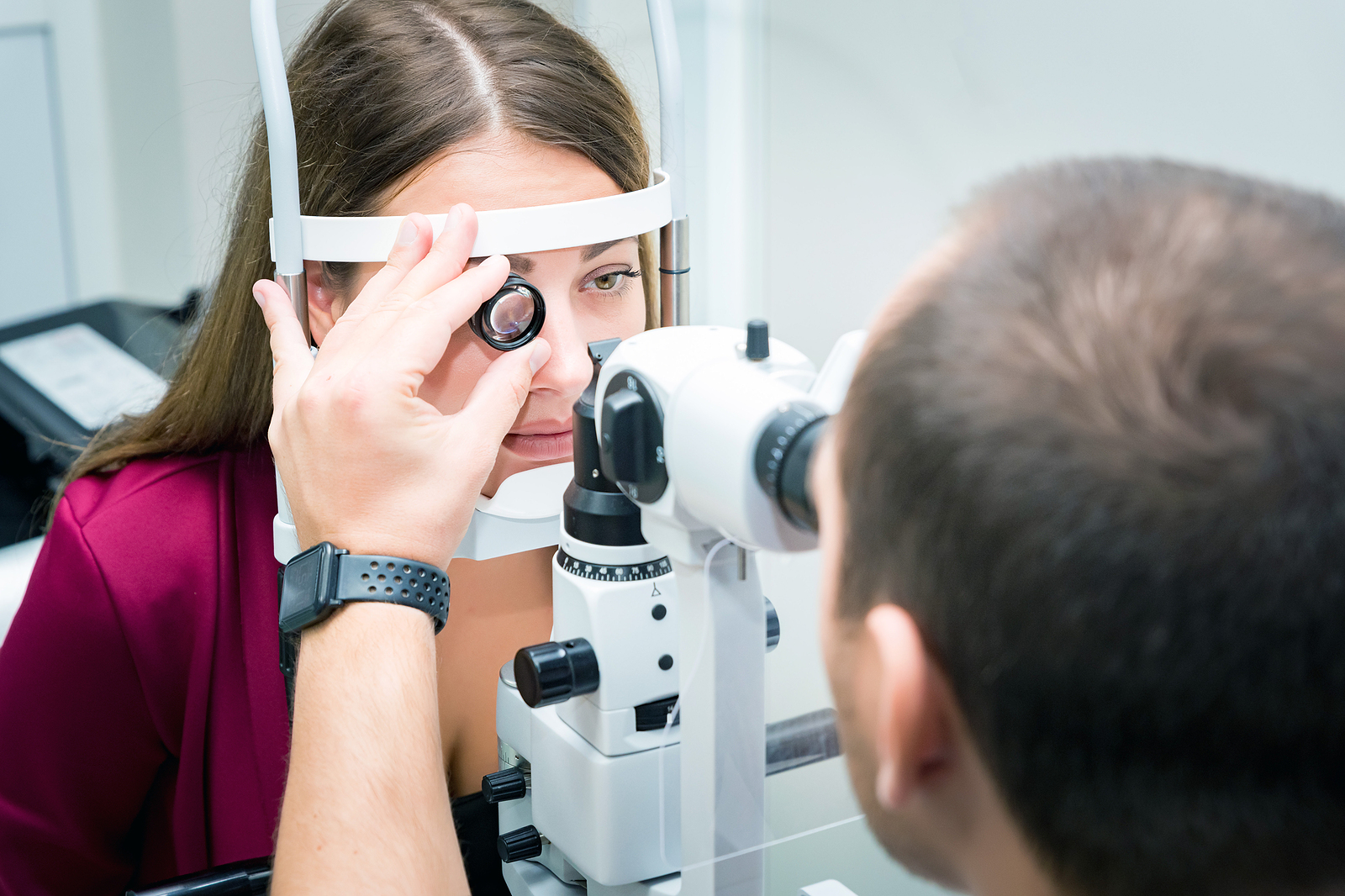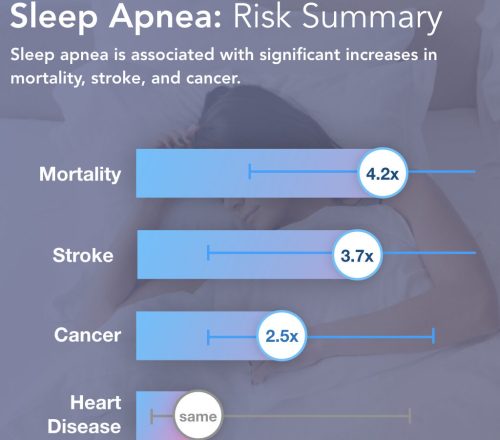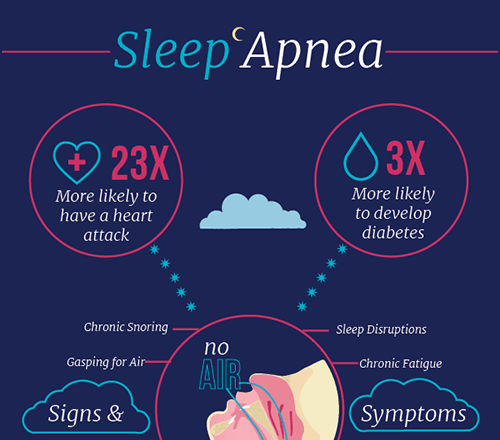helpful sleep apnea tips
Those who have been given a sleep apnea diagnosis may choose from a range of CPAP devices. The basics of CPAP were covered in our last blog post, along with some of the benefits it offers people with sleep apnea, such as keeping their airways open while they sleep and a reduction in snoring and other apnea symptoms including weariness and daytime drowsiness.
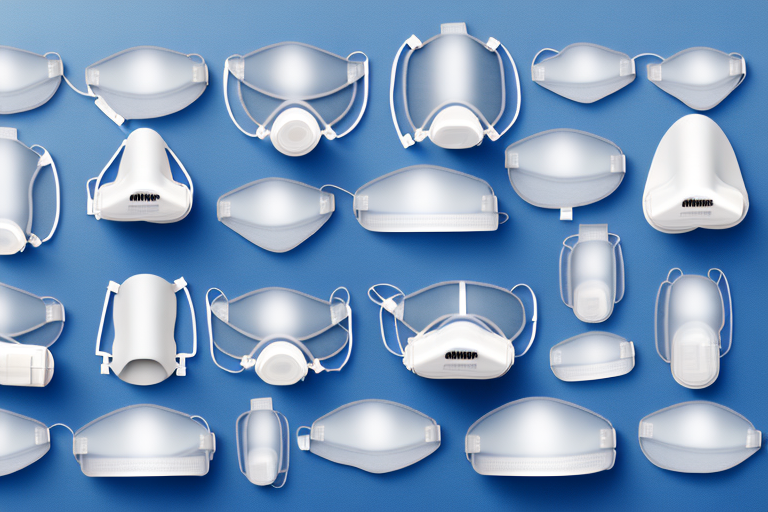
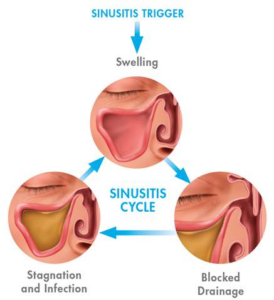
Latest Blog
Popular Posts
 8 Step-by-step guide on how to set up and use the CPAP machineMarch 28, 2023
8 Step-by-step guide on how to set up and use the CPAP machineMarch 28, 2023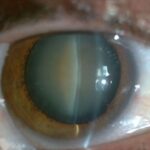 Cataract Surgery: Restoring Clear Vision with Expert CareDecember 7, 2024
Cataract Surgery: Restoring Clear Vision with Expert CareDecember 7, 2024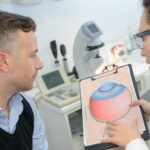 Navigating the Options: Understanding Glaucoma Surgery ProceduresDecember 16, 2023
Navigating the Options: Understanding Glaucoma Surgery ProceduresDecember 16, 2023
Obstructive Sleep Apnea
Site’s Pages
- All Work
- /Cataract Surgery
- /Cataracts Surgery
- /CPAP Machines
- /CPAP Masks
- /CPAP Therapy
- /Glaucoma Surgery
- /Home Sleep Test Australia
- /Laser Eye Surgery Sydney
- /Sleep Apnea
- /Sleep Apnea Test Adelaide
- /Sleep Apnea Test Australia
- /Sleep Study Test
Sleep Apnea Facts
Visitors Review
I was very pleased with the amount of information available, as well as the quality of the information. The website provided detailed information about the various treatments available for sleep apnea, as well as a comprehensive overview of the risks and benefits associated with each one. I was also pleased to find a clear explanation of the diagnosis process, as well as helpful resources for those looking for further information. I found the website to be extremely user-friendly and the content to be well-organized and easy to navigate. I would definitely recommend this website to anyone looking for more information about sleep apnea treatment.
The Village Health Foundation website is a great resource for anyone looking to learn more about sleep apnea treatment. This comprehensive website offers a wealth of information on the causes, symptoms, and treatments of sleep apnea. It also provides detailed information on the latest research and advances in the field. The site offers a large number of helpful articles and resources on sleep apnea, including information on lifestyle changes, medications, and other treatments. It also provides a thorough overview of the various sleep apnea tests and treatments available. Additionally, the site offers helpful tips and advice to help people get better sleep and manage their sleep apnea. Overall, the Village Health Foundation website is an invaluable resource for anyone looking to learn more about sleep apnea or to find out more about the different treatment options.

